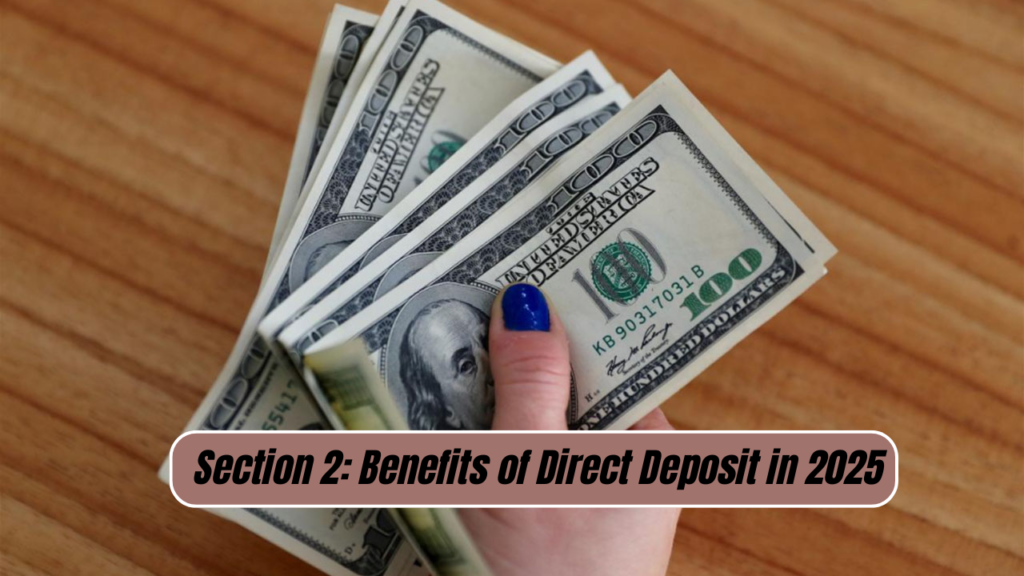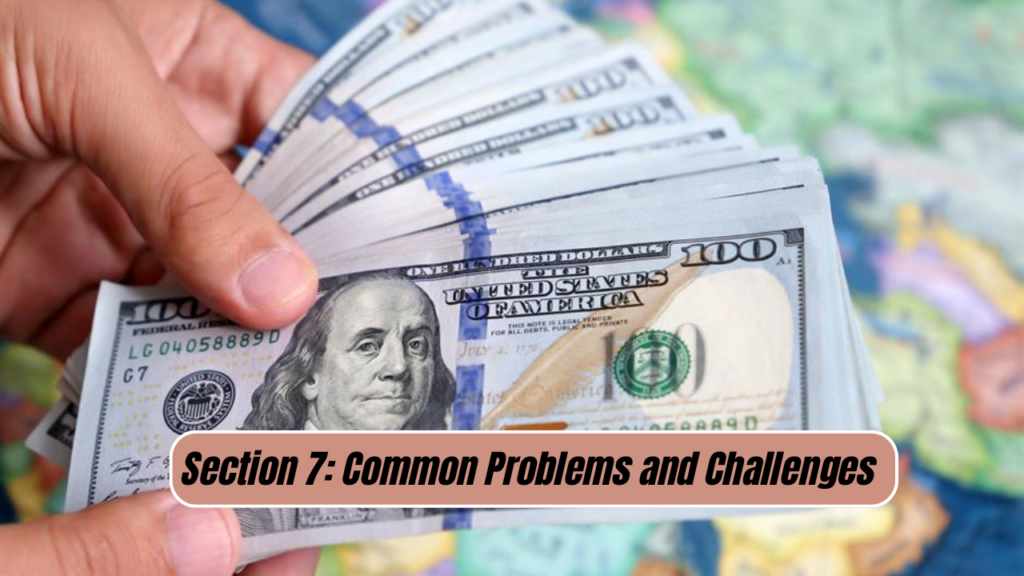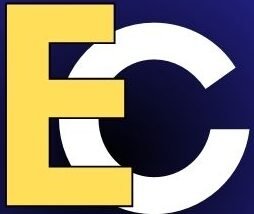Introduction
In 2025, direct deposit has become a standard method for receiving payments. One such payment is the $4800 direct deposit, commonly seen for salaries, benefits, tax refunds, and other forms of financial disbursements. The direct deposit system has evolved to become faster, more secure, and incredibly convenient. This article delves into how direct deposit works, the benefits of using it, the role of $4800 deposits, and the advancements in the system by 2025. We will also explore the security measures, challenges, and future predictions regarding direct deposit payments.
Section 1: What is Direct Deposit?
- Definition of Direct Deposit:
Direct deposit refers to the process of transferring funds directly into a recipient’s bank account, bypassing physical checks. Instead of issuing a paper check, businesses or government entities initiate an electronic transfer to the recipient’s bank account. - The Evolution of Direct Deposit:
Direct deposit started as a method for simplifying payroll processing. However, over time, it has expanded to include a variety of payments, including tax refunds, social security benefits, and more. - $4800 Direct Deposit Checks:
While $4800 may seem like a specific figure, it represents a typical amount for various payments, such as certain government disbursements, employee bonuses, or specific tax-related refunds. For instance, if you’re receiving an IRS tax refund or a stimulus payment, it could be in the $4800 range. - Comparison to Traditional Checks:
Traditional checks require physical handling, mailing, and processing time. Direct deposits, on the other hand, are instant (in some cases) or can take one to two business days, making them more efficient.

Section 2: Benefits of Direct Deposit in 2025
- Speed and Efficiency:
One of the primary reasons why businesses and individuals prefer direct deposits is the speed. Payments can be processed almost instantly in some cases. In 2025, with the increase in real-time payment systems, direct deposits can hit accounts without delays. - Security:
Direct deposits are encrypted and require verification before payments can be processed. This reduces the risk of lost checks or fraud. Unlike paper checks that can be stolen or altered, the security features of direct deposits provide peace of mind. - Cost-Effective:
Employers save money by switching from paper checks to direct deposits. Paper checks come with costs for printing, mailing, and processing. Direct deposit eliminates these fees, saving employers money in the long term. - Convenience:
For employees, having direct deposit means no more trips to the bank to deposit checks. Your pay or refund is automatically available in your account as soon as the deposit is made. - Environmental Impact:
With more people opting for direct deposits, the need for paper checks and the resources used to produce them has significantly decreased. This is better for the environment and reduces paper waste.
Section 3: How Direct Deposit Works
- The Setup Process:
To set up direct deposit, individuals need to provide their bank account information, including the routing number and account number. This process typically involves filling out a form provided by the employer or the institution making the deposit. In 2025, setting up direct deposit can be done via online platforms, making it easier than ever. - Processing and Timing:
Once set up, the funds are electronically transferred from the payer’s account to the recipient’s account. Depending on the bank and the method used, funds may be available instantly or within 1-2 business days. Payment schedules can also vary based on employer preferences or government guidelines. - Types of Payments via Direct Deposit:
Direct deposits are used for a variety of payments:- Payroll: Employees regularly receive their salary via direct deposit.
- Government Benefits: Social security, tax refunds, and other government programs utilize direct deposit.
- Stimulus Payments or Tax Refunds: A $4800 deposit could represent a tax refund or government-issued stimulus check.
- Direct Deposit for Employers:
Employers are increasingly adopting direct deposit for payroll because of its cost-effectiveness and speed. It streamlines the payroll process, minimizes administrative workload, and ensures that employees are paid on time without the risk of delays.
Section 4: The Role of $4800 Direct Deposit in 2025
- Understanding the Context of $4800 Deposits:
A $4800 direct deposit is not an arbitrary number. This amount could reflect various financial situations. For example, an employer may issue a bonus of $4800 or a government agency may issue this amount for specific benefits or tax refunds. - How Employers and Governments Use $4800 Direct Deposits:
- Employers: For employees in certain salary brackets or those receiving performance bonuses, an $4800 payment can be a regular occurrence. This figure also aligns with certain lump-sum payouts in different sectors.
- Government Agencies: Tax refunds or economic stimulus payments often come in specific amounts, and $4800 could represent a refund for families or individuals qualifying for particular benefits.
- Payment Frequency:
Depending on your employment status or the type of benefits you receive, a $4800 deposit could be made on a one-time or recurring basis.
Section 5: Security Measures in Direct Deposit
- Advanced Encryption:
Banks use encryption technology to secure the transfer of funds in a direct deposit. Sensitive information, including bank account details, is encrypted to prevent unauthorized access. - Authentication Systems:
In 2025, the authentication process for direct deposit transactions has evolved with two-factor authentication (2FA) and biometric verification (such as fingerprint scanning and facial recognition), which adds an extra layer of security. - Bank Liability and Protection:
If there is an error with your direct deposit (such as an incorrect amount), most financial institutions have systems in place for rectification. Understanding the terms of liability and your bank’s protection policies is crucial. - Fraud Prevention:
Banks monitor unusual transactions to prevent fraud. If an attempt to deposit a large sum, like $4800, is made to an unfamiliar account, banks typically flag it for review.
Section 6: The Future of Direct Deposit
- Innovations in Payment Systems:
With technological advancements, direct deposit in 2025 is moving toward a more seamless experience. Integration with digital wallets, instant transfer features, and even cryptocurrency may become a norm in the coming years. - Blockchain Technology:
Blockchain is being tested for use in direct deposit systems to make payments more transparent, secure, and faster. The potential for decentralized finance (DeFi) could disrupt traditional banking processes. - AI and Automation in Payments:
Artificial intelligence is poised to play a major role in streamlining the direct deposit process. AI will help predict when funds should be released, ensuring faster payments and automatic processing of payroll and benefits.

Section 7: Common Problems and Challenges
- Delays in Direct Deposit:
There are various reasons why direct deposit may be delayed, such as technical issues, banking holidays, or system errors. It is essential to verify with the bank and employer to ensure the payment is processed correctly. - What to Do If a Deposit Is Missing or Incorrect:
If you believe you were not paid the correct amount or missed your payment, you should contact your employer or the agency that issued the deposit. Additionally, reach out to your bank for assistance in tracking the deposit.
Table: Direct Deposit vs. Traditional Checks
| Feature | Direct Deposit | Traditional Checks |
|---|---|---|
| Speed | Instant or 1-2 business days | Typically 3-5 business days |
| Security | Encrypted and highly secure | At risk of being stolen or altered |
| Convenience | No trips to the bank; money directly available | Requires physical handling and bank visit |
| Cost for Employers | Free or low cost | High cost for printing and mailing |
| Environmental Impact | Eco-friendly, no paper waste | Paper waste and ink usage |
Conclusion
Direct deposit checks, especially the $4800 variety, have become an integral part of the modern payment system in 2025. With benefits ranging from convenience and speed to enhanced security, direct deposits are the preferred method for both employers and employees. As we move into the future, direct deposit will likely continue to evolve with further technological advancements, making the payment process even smoother and more efficient. In the coming years, the integration of new systems, like blockchain and real-time payments, will likely define the next generation of financial transactions.
FAQs
1. What is the difference between direct deposit and a paper check?
Direct deposit is a secure and instantaneous method of transferring funds directly into a bank account, while a paper check requires physical handling and processing through a bank.
2. How do I set up a direct deposit for my salary?
To set up a direct deposit, provide your bank account number and routing number to your employer, either through HR or via a direct deposit form.
3. Can I get a direct deposit for my tax refund?
Yes, tax refunds can be issued via direct deposit to your designated bank account. It’s a fast and secure way to receive your refund.
4. Why did my direct deposit fail?
Common reasons for failure include incorrect account details, insufficient funds in the payer’s account, or technical issues with the bank’s systems.
5. Are direct deposits free to use?
Direct deposits are typically free for both employees and employers, though some banks may charge fees for specific services or transactions.



